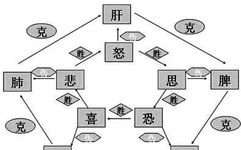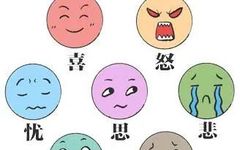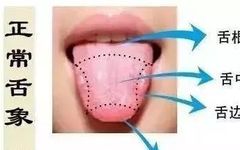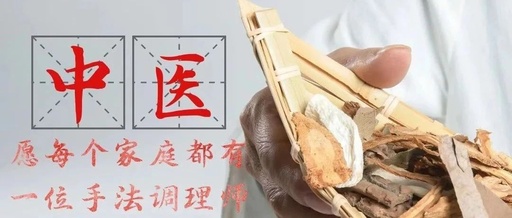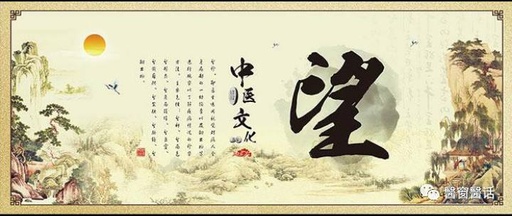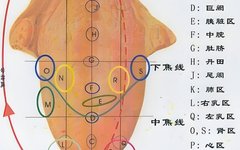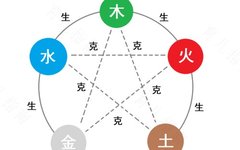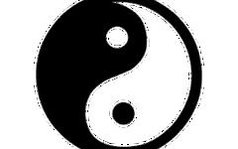Understanding the Seven Emotions in Traditional Chinese Medicine
Click the blue text above to follow Seven Emotions refer to the seven types of emotional changes: joy, anger, worry, thought, sadness, fear, and shock. The Seven Emotions are closely related to the functional activities of the internal organs, categorized under the five internal organs, represented by joy, anger, thought, sadness, and fear, collectively known … Read more

